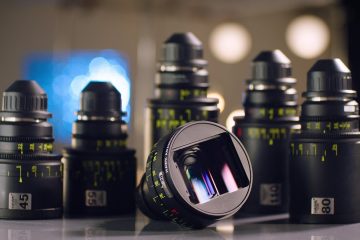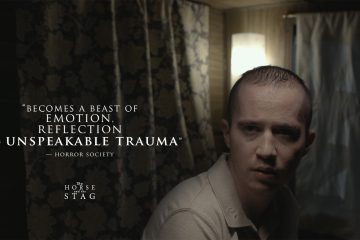Chromahouse
Video Production Trends in 2020
Video Production Trends in 2020. There has never been a more exciting and interesting time when it comes to innovation in video than the year 2020. With businesses, schools, and individuals relying more and more Read more…


